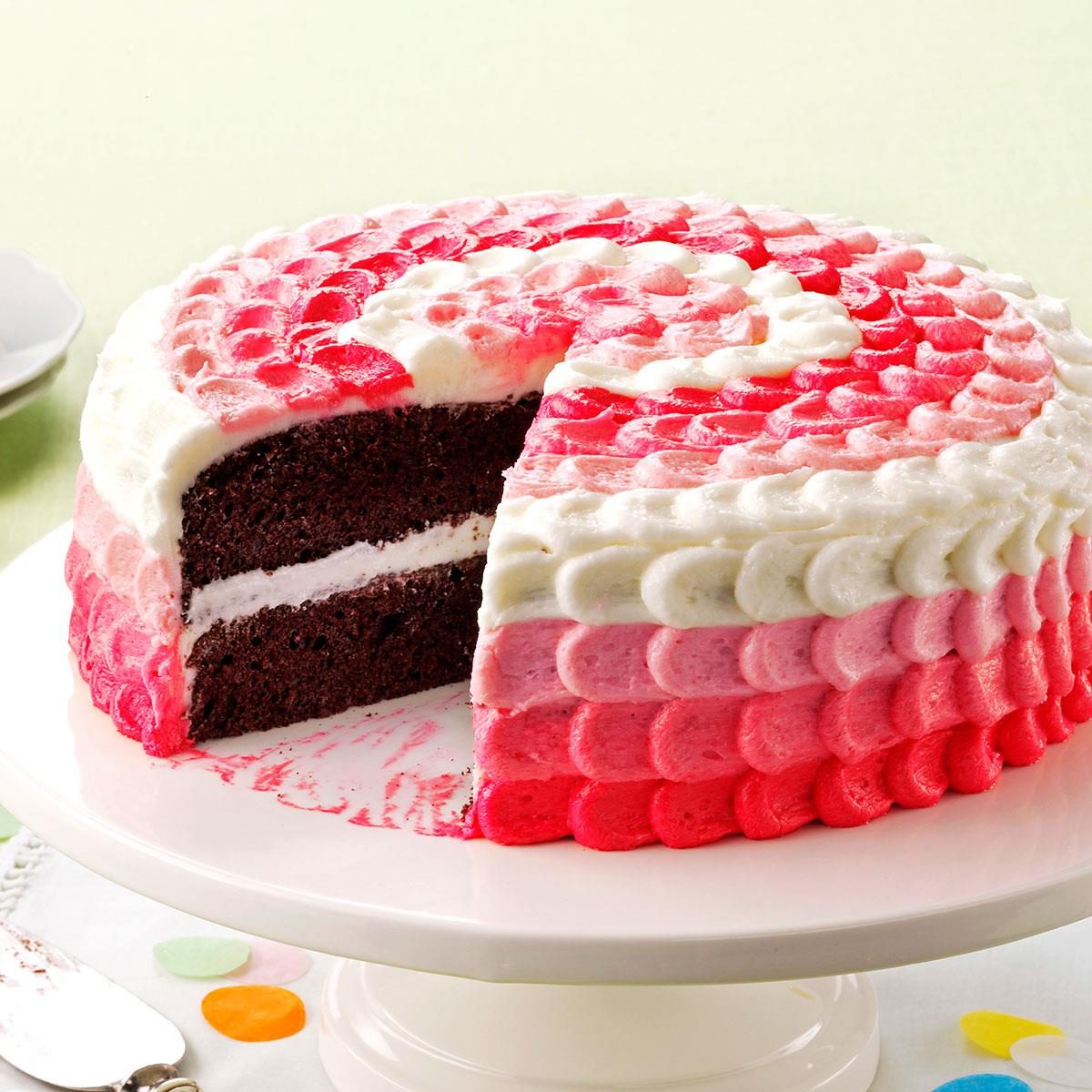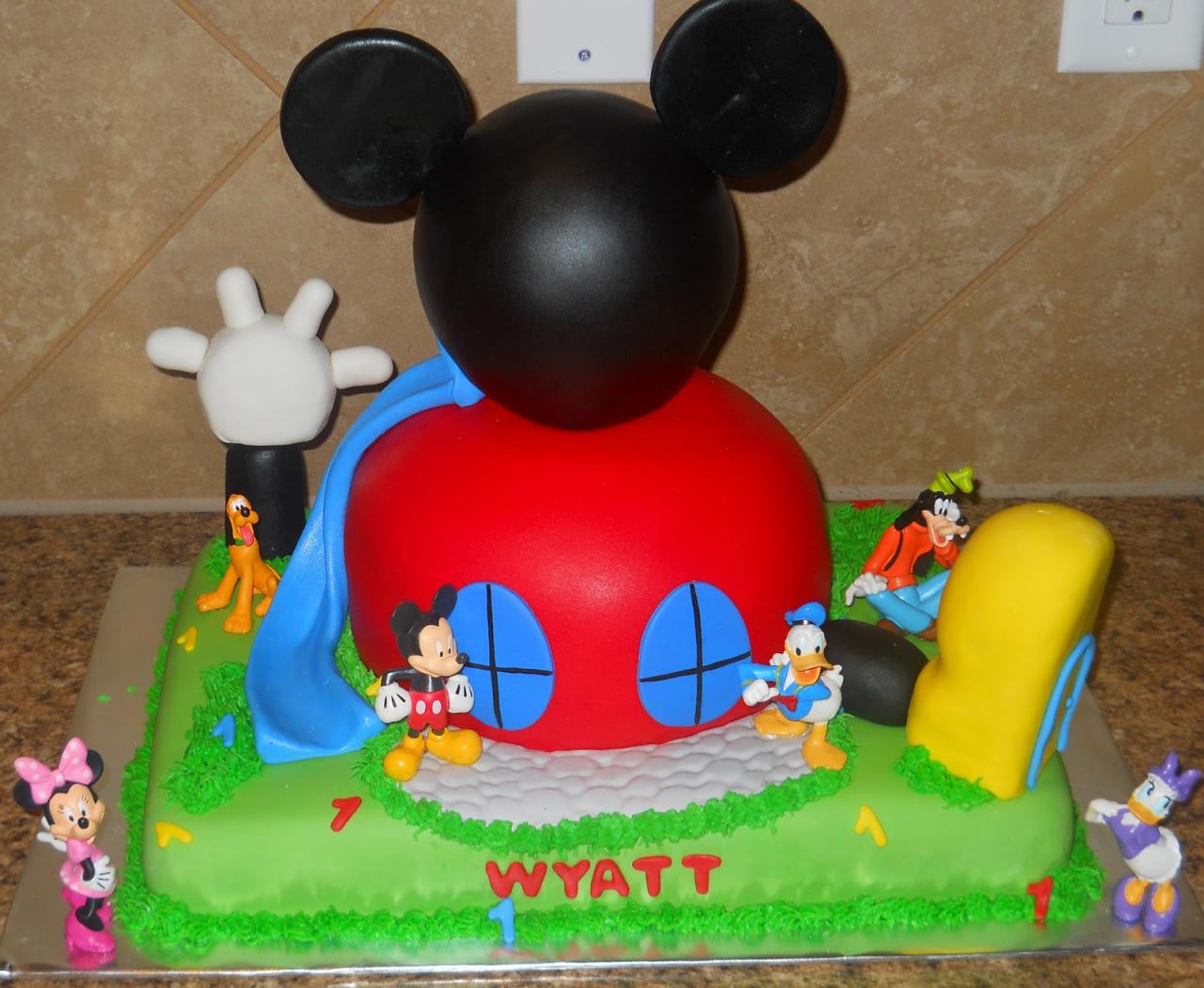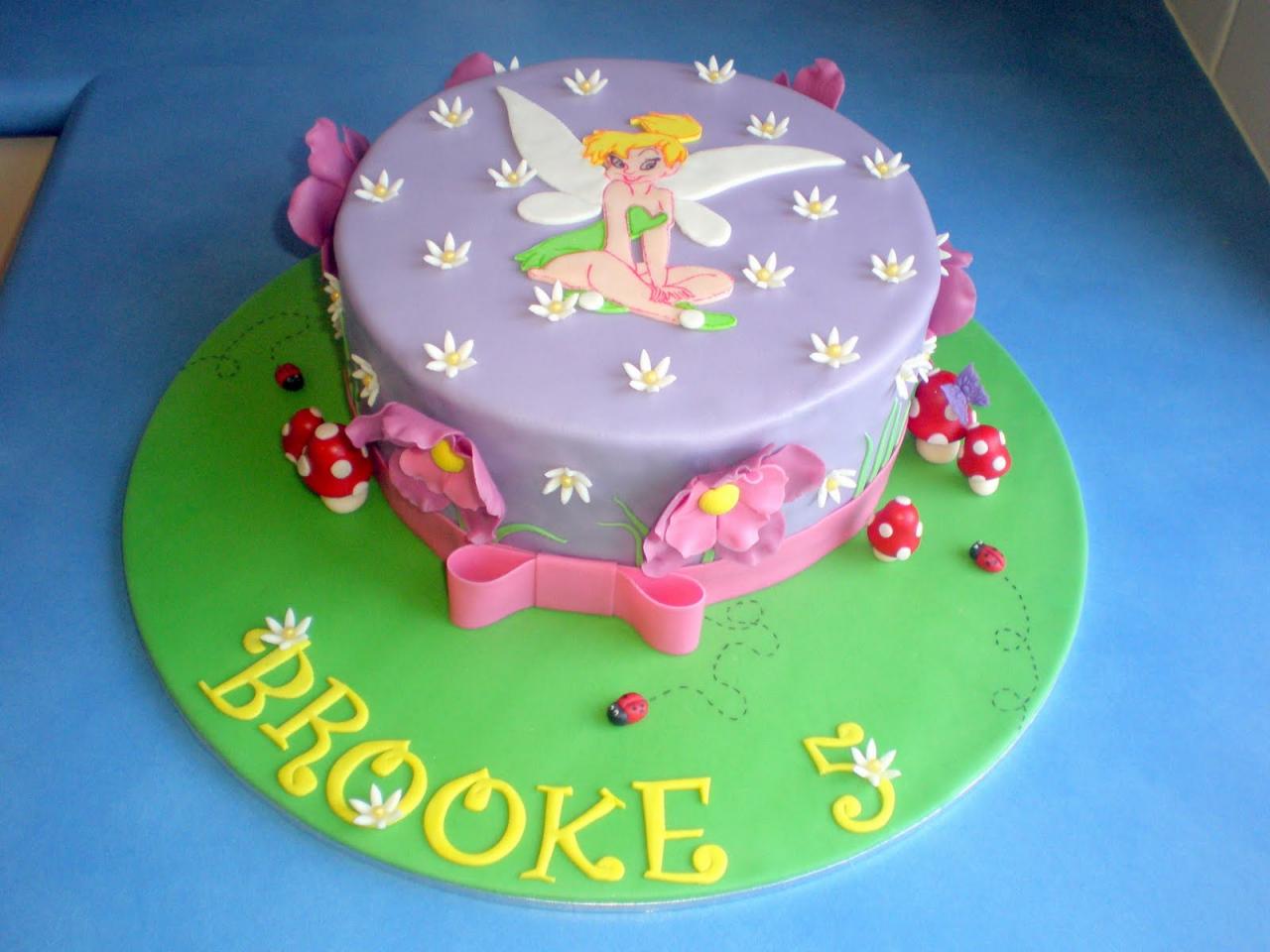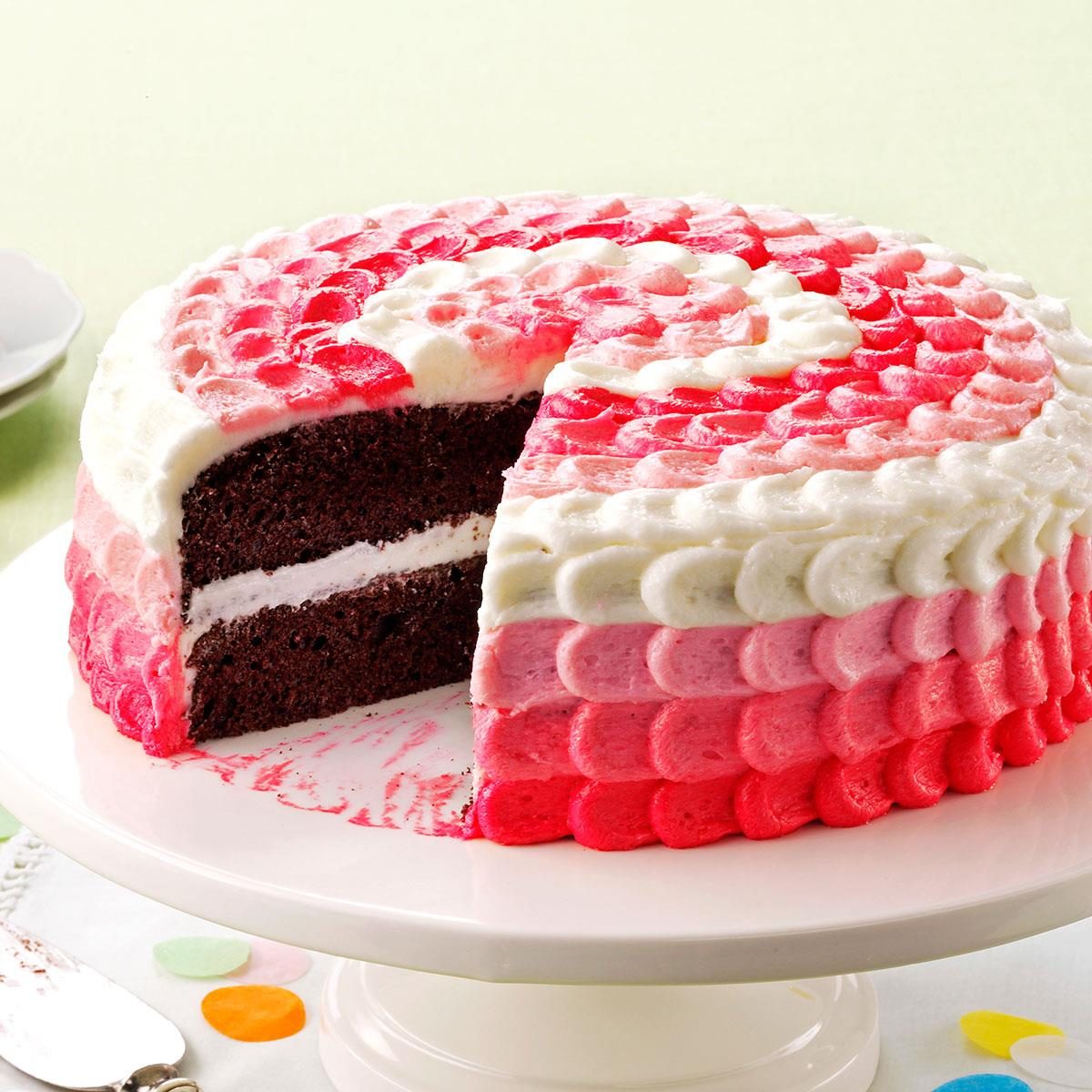Embark on a culinary adventure with our comprehensive guide to cake icing ideas. From classic buttercream to intricate fondant masterpieces, discover the endless possibilities that await your next cake creation.
Delve into the nuances of each icing type, master application techniques, and unleash your creativity with innovative decorating ideas. Prepare to transform your cakes into edible works of art that tantalize both the eyes and the taste buds.
Types of Cake Icing
Cake icing, also known as frosting, is a sweet, creamy substance that is applied to the exterior of cakes to enhance their appearance and flavor. There are numerous types of cake icing, each with its own unique texture, flavor, and application.
Buttercream Icing
Buttercream icing is a classic type of icing made from butter, sugar, and flavorings. It is known for its smooth, creamy texture and versatility. Buttercream icing can be used to pipe intricate designs or spread evenly over a cake. It is a popular choice for birthday cakes, cupcakes, and other celebratory treats.
Cream Cheese Icing
Cream cheese icing is made from cream cheese, butter, sugar, and flavorings. It has a tangy, slightly sweet flavor and a creamy, spreadable texture. Cream cheese icing is often used on carrot cake, red velvet cake, and other cakes with a moist, dense crumb.
Ganache Icing
Ganache icing is made from chocolate and cream. It has a rich, decadent flavor and a smooth, glossy texture. Ganache icing can be used to glaze cakes, fill pastries, or create truffles. It is a popular choice for chocolate lovers and is often used on wedding cakes and other special occasion desserts.
Fondant Icing
Fondant icing is a type of sugar paste that is rolled out and applied to cakes. It has a smooth, matte finish and can be used to create intricate designs and sculptures. Fondant icing is often used on wedding cakes and other cakes that require a polished, professional look.
Techniques for Applying Cake Icing: Cake Icing Ideas
Applying cake icing is a crucial step in decorating a cake, as it not only enhances the visual appeal but also adds flavor and texture. There are various techniques for applying cake icing, each resulting in a unique effect.
Piping
Piping involves using a piping bag fitted with a tip to create intricate designs and borders on cakes. It allows for precise control over the flow and shape of the icing, enabling the creation of delicate details, such as swirls, rosettes, and lacework.
Spreading
Spreading is a versatile technique that involves using a spatula or offset palette knife to smooth icing over the surface of a cake. It can be used to create a variety of finishes, from rustic and textured to sleek and polished.
By varying the pressure and angle of the spatula, different effects can be achieved, such as creating ridges or creating a smooth, even surface.
Dipping
Dipping involves submerging the cake in a bowl of icing, allowing it to coat the entire surface. This technique is often used to create a glossy, even finish. The thickness of the icing will determine the consistency of the coating, with thicker icings resulting in a more substantial layer.
Decorating with Cake Icing

Once you have mastered the basics of applying cake icing, you can start to explore the endless possibilities of decorating your cakes. With a little creativity and practice, you can create stunning cakes that will impress your friends and family.
Using Different Colors, Textures, and Shapes
One of the simplest ways to decorate a cake is to use different colors of icing. You can create a simple two-tone cake by using a different color for the base and the top layer. Or, you can get more creative by using multiple colors to create a gradient effect or a geometric design.
You can also add texture to your cakes by using different types of icing. For example, you could use a smooth buttercream icing for the base layer and a rougher textured ganache icing for the top layer. Or, you could use a combination of icings to create a unique look.
Finally, you can use different shapes to create interesting designs on your cakes. You can use cookie cutters to cut out shapes from fondant or marzipan, or you can use a piping bag to create intricate designs. With a little practice, you can create stunning cakes that are both beautiful and delicious.
Creating Intricate Designs
If you are feeling more adventurous, you can try creating intricate designs on your cakes. This can be done using a variety of techniques, such as piping, fondant, and marzipan. Piping is a great way to create detailed designs, such as flowers, animals, and landscapes.
Fondant and marzipan are both edible modeling pastes that can be used to create three-dimensional designs. With a little practice, you can create stunning cakes that are sure to impress.
Troubleshooting Common Icing Problems
When working with cake icing, various problems can arise, affecting its texture, appearance, and functionality. These issues can range from curdling and cracking to melting, potentially compromising the overall presentation and enjoyment of the cake. To ensure a successful and satisfying icing experience, it is crucial to understand the causes of these problems and adopt effective solutions to prevent or rectify them.
Curdling
- Cause:Curdling occurs when the fat in the icing separates from the other ingredients, typically due to overbeating or the addition of too much liquid.
- Solution:To prevent curdling, avoid overbeating the icing. If it does curdle, try adding a small amount of powdered sugar or cornstarch to help absorb excess moisture and stabilize the mixture.
Cracking
- Cause:Cracking can occur when the icing is too thick or dry, causing it to become brittle and susceptible to breaking.
- Solution:To prevent cracking, ensure the icing has the right consistency by adding more liquid or powdered sugar as needed. If the icing does crack, you can gently warm it in the microwave or over a double boiler to soften it and allow it to flow more easily.
Melting
- Cause:Melting is a common problem when working with icing in warm or humid environments. It occurs when the icing becomes too soft and loses its structure.
- Solution:To prevent melting, keep the icing chilled before and during application. If the icing does start to melt, try placing it in the refrigerator for a short period to firm it up.
Creative Icing Ideas
Prepare to be amazed by a gallery of extraordinary cake icing ideas that will ignite your imagination and inspire your next culinary masterpiece. From eye-catching color combinations to innovative designs and tantalizing flavor profiles, this collection showcases the boundless possibilities of cake icing.
Whether you’re a seasoned baker or a novice enthusiast, these ideas will provide ample inspiration for transforming your cakes into works of edible art. Dive into the realm of creative icing and discover how to elevate your desserts to new heights.
Geometric Designs
Geometric patterns offer a sleek and sophisticated touch to any cake. Experiment with sharp angles, clean lines, and bold colors to create a modern and visually striking design. Consider using edible paint or fondant to create precise lines and geometric shapes.
Floral Embellishments
Bring the beauty of nature to your cakes with delicate floral embellishments. Pipe intricate petals, create realistic leaves, or arrange edible flowers to transform your cake into a blooming masterpiece. Consider using a variety of colors and textures to add depth and dimension.
Ombre Effects
Create a stunning visual impact with ombre icing. Gradually blend shades of the same color or contrasting hues to achieve a smooth and eye-catching effect. This technique is perfect for creating elegant and sophisticated cakes that are sure to impress.
Metallic Accents
Add a touch of glamour to your cakes with metallic icing accents. Use edible gold or silver leaf to create shimmering details, or incorporate metallic food coloring into your icing to achieve a subtle and sophisticated shine.
Whimsical Characters, Cake icing ideas
For a playful and charming touch, consider incorporating whimsical characters into your cake icing. Use fondant or modeling chocolate to create adorable animals, characters from stories, or even personalized figures that reflect the theme of your celebration.
Health Considerations for Cake Icing
Cake icing, while delectable, can vary in nutritional value. Understanding the ingredients and their impact on health can help you make informed choices.
Common types of icing, like buttercream and cream cheese frosting, contain significant amounts of sugar, saturated fat, and calories. Excessive consumption can contribute to weight gain, cardiovascular issues, and dental problems.
Reducing Sugar Content
To reduce sugar intake, consider using alternative sweeteners like honey, maple syrup, or stevia. These provide sweetness with fewer calories and potential health benefits.
Another option is to incorporate fruit purees or mashed bananas into the icing. This adds natural sweetness and nutrients.
Final Review
With this newfound knowledge, you’re equipped to elevate your cake-making skills to new heights. Experiment with flavors, textures, and colors to create stunning centerpieces that will leave a lasting impression on any occasion.
Remember, the joy of cake icing lies in the journey of exploration and the satisfaction of crafting something truly unique. So let your imagination soar and create edible masterpieces that will delight and inspire.



